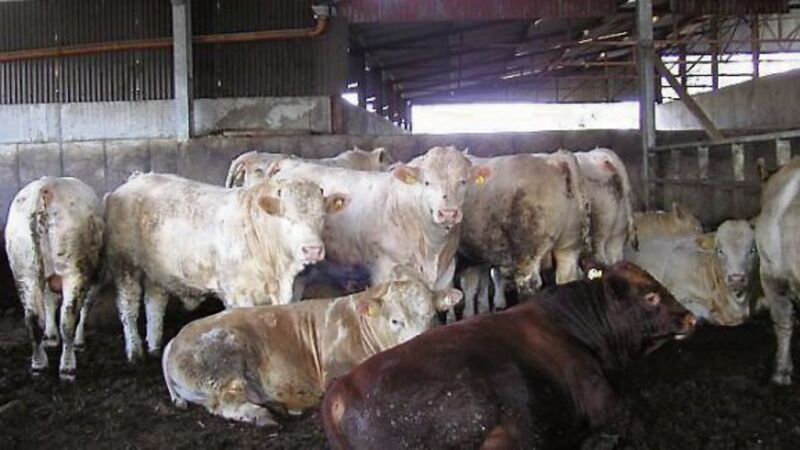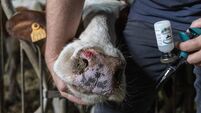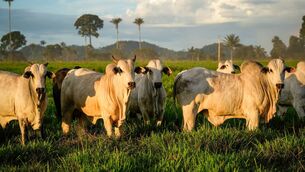Meat Industry Ireland says presenting cattle clean and dry is crucial for the industry

In the Animal Health Ireland Beef HealthCheck winter Newsletter, he said hide-to-carcass contamination is a crucial meat safety issue.
“It is an area that requires continuous improvement by both farmers and the meat industry. All stakeholders in the industry must do all that is possible within their control to minimise the risks at their stage of the process.”
“One constant challenge faced by the beef industry is the potential for E coli contamination of meat. In this context, it is essential that cattle which are presented to slaughter plants are clean and dry and meet with the Department of Agriculture’s Clean Livestock Policy.”
He said complete eradication of the VTEC E coli from farm livestock or the farm environment is unlikely, but practical risk reduction measures must be adopted at farm level.
“In the case of cattle producers, this means presenting animals for slaughter that have clean dry hides.
“The greater the level of faecal contamination on a hide, the greater the risk of cross contamination. Beef finishers need to ensure that all aspects of their winter finishing processes are designed to ensure the minimum levels of contamination on the animals hides.”
Mr Ryan said the key factors that affect contamination levels of animals in sheds are ventilation, diet, housing, husbandry, transport and pre-sale management. Hauliers and livestock transporters also need to ensure animals don’t become dirty or wet while in transit to the abattoir.
Teagasc and the Food Safety Authority of Ireland have produced guidance documents for farmers. Mr Ryan said preventing contamination minimises the risk to human health, contributes to production of safe meat, improves meat shelf-life, and is ultimately crucial for consumer confidence.
“It is also essential for the future development of the Irish beef industry, and the ability of the sector to maintain and expand access to premium international markets.”










